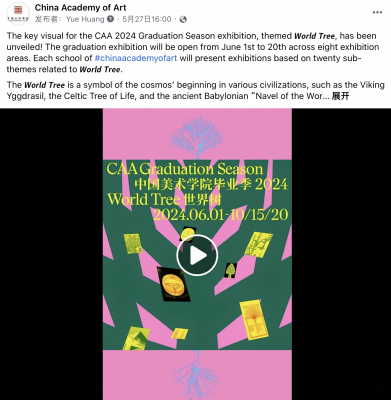eir skills from the Wumen School of Chinese ink-wash painting and then integrated them intonianhua.
Wumen is the ancient name of present-day Suzhou. This school often depicts secluded landscapes of hills and dales, shoals and water birds, small waterfalls running over ragged cliffs, and pine trees of strange and irregular shapes.
Despite stylistic differences between northern and southern China,nianhuapatterns are similar. For instance, toddlers are often seen hugging a carp since the fish symbolizes success and wealth in Chinese culture. They are always portrayed as chubby.
Other common patterns include the door and kitchen gods. The door god is a celestial being believed to keep evil from entering a home. The kitchen god is considered responsible for the harvest and happiness. Thus, people paste images of these gods in their homes in hopes of a safe and abundant new year.
Four Chinese characters “tian xia tai ping” which literally means the country at peace are painted with ancient coins aside to wish a peaceful and prosperous life in the following year.
“Chinese Traditional Taohuawu and Yangliuqing New Year Pictures” exhibition
Date: Through December 30
Venue: Crafts Museum of CAA
Admission: Free
Address: 352 Xiangshan Rd
象山路352号


